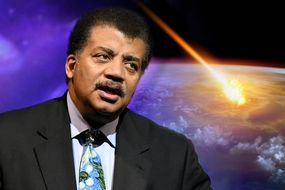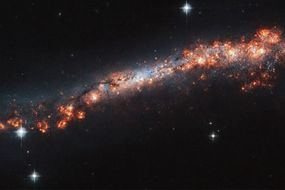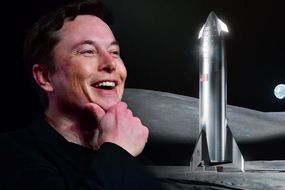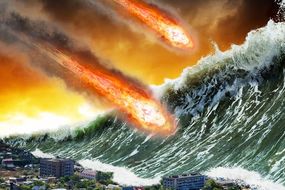NASA discovery: Scorching planet spewing ‘heavy metal’ into space stuns astronomers – Express.co.uk
NASA’S Hubble Space Telescope has discovered a Jupiter-like planet spewing “heavy metals” through its scorching-hot atmosphere, NASA has announced.
The bizarre NASA discovery was made an incredible 900 light-years away from Earth in the WASP-121 system. The planet, dubbed WASP-121b, is a football-shaped gas giant sitting incredibly close to its host star. Unusually for a gas giant, NASA said the “strange world” is leaking heavy metal gases of iron and magnesium from its atmosphere. The heavy metals are elements heavier than hydrogen and helium that escape the planet rather than coalesce into clouds
NASA said: “Observations by NASA’s Hubble Space Telescope reveal magnesium and iron gas streaming from the strange world outside our solar system known as WASP-121b.
“The observations represent the first time so-called ‘heavy metals’ – elements heavier than hydrogen and helium – have been spotted escaping from a hot Jupiter, a large, gaseous exoplanet very close to its star.”
Typically, gas giants like our very own Jupiter are cool enough internally for these heavier elements to condense into clouds.
WASP-121b is an exception to this rule because of how close it is to its star.
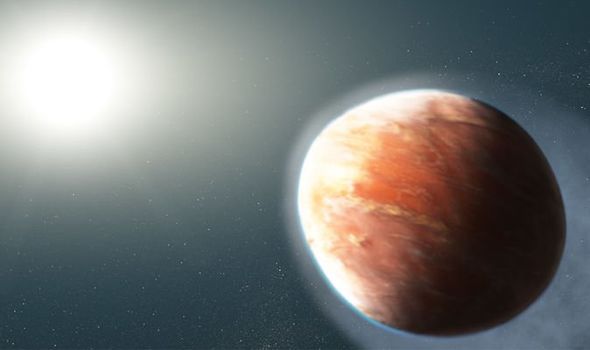
NASA discovery: This incredible planet is leaking heavy metals into space (Image: NASA, ESA, and J. Olmsted (STScI))
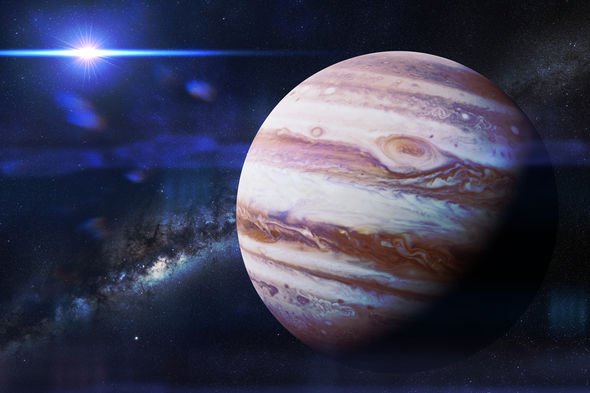
NASA news: The gas giant Jupiter is the biggest planet in our solar system (Image: GETTY)
According to NASA, the planet orbits its star from a “dangerously close” distance.
The proximity results in WASP-121b’s atmosphere burning at a scorching 4,600F degrees (2,538C).
David Sing of the Johns Hopkins University in Baltimore, who led the study of WASP-121b, said: “Heavy metals have been seen in other hot Jupiters before, but only in the lower atmosphere.
“So you don’t know if they’re escaping or not. With WASP-121b, we see magnesium and iron gas so far away from the planet that they’re not gravitationally bound.”
Ultraviolet rays from the WASP-121 star are considerably hotter and brighter than the UV radiation from our own Sun.
We picked this planet because it is so extreme
As a result, the planet heats up to a point where the heavy metals can escape the planet’s atmosphere.
The venting magnesium and iron gases may even further contribute to the planet’s heating.
Dr Sing said: “These metals will make the atmosphere more opaque in the ultraviolet, which could be contributing to the heating of the upper atmosphere.”
READ MORE: NASA chief reveals why Apollo 11-era technology can no longer land on the Moon
But the sweltering temperatures are the least of the planet’s worries.
WASP-121b is so close to its host star, the gas giant risks being torn apart by the gravitational forces of the star.
The results in the planet’s unusual football-like shape.
Dr Sing said: “We picked this planet because it is so extreme. We thought we had a chance of seeing heavier elements escaping.
“It is so hot and so favourable to observe, it’s the best shot at finding the presence of heavy metals.
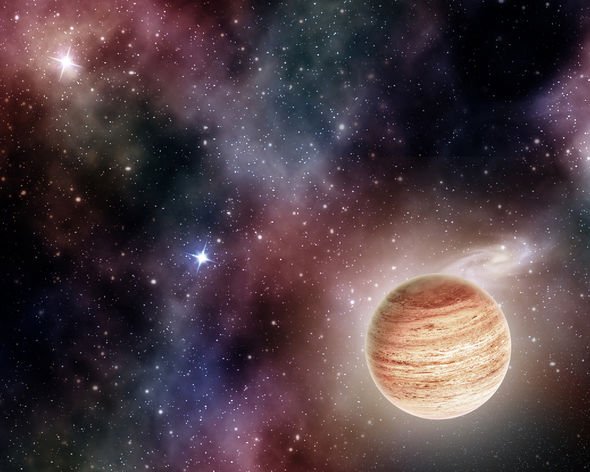
NASA news: Gas giants are typically cold enough for the heavy metals to turn into clouds (Image: GETTY)
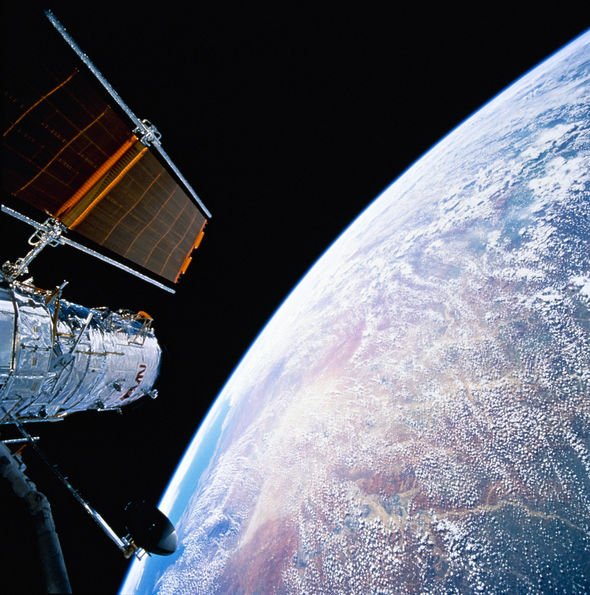
NASA news: The Hubble Space Telescope is an orbital observatory (Image: GETTY)
“We were mainly looking for magnesium, but there have been hints of iron in the atmosphere of other exoplanets.
“It was a surprise though, to see it so clearly in the data and at such great altitudes so far away from the planet.
“The heavy metals are escaping partly because the planet is so big and puffy that its gravity is relatively weak.
“This planet is being actively stripped of its atmosphere.”
The WASP-121b study was published in the journal .
Quick facts about the Hubble Space Telescope:
1. The Hubble telescope transmits about 150 gigabits of data back to Earth every single week.
2. The space telescope orbits our planet at a speed of around 17,000mph.
3. Hubble is powered by the Sun, which charges batteries with a capacity equal to 22 car batteries.
4. The telescope has looked at objects as far away as 13.4 billion light-years from Earth.
5. Hubble uses Newtonian principles of momentum to reposition itself in space without a need for thrusters.
